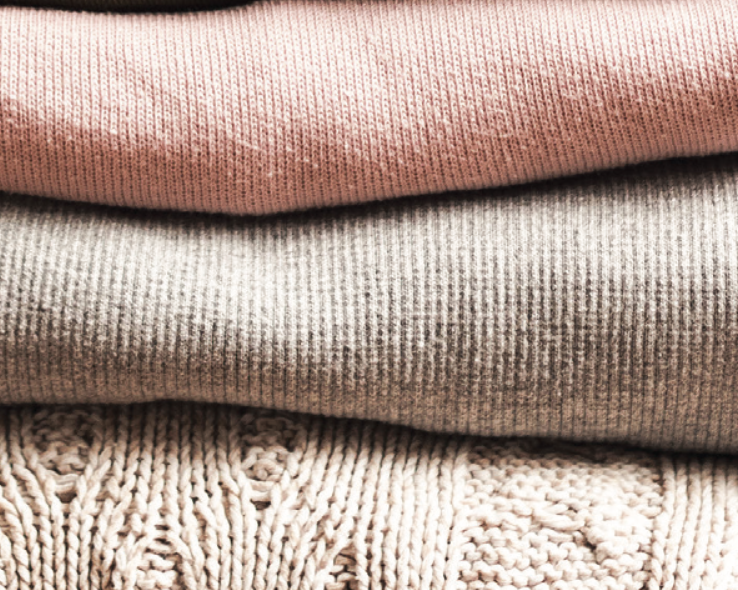By Wendy Haaf
I read with interest the informative article “Treating Troublesome Skin Conditions” in the February/March 2023 issue, but there was nothing about skin problems induced by textiles and dyes. My elderly mother thinks her eczema might have been caused by a certain pair of black leggings. Wool and acrylic also seem to be problematic. Can you shed some light on this?
There are two scenarios in which a relationship can exist between skin symptoms and certain fabrics or dyes. If the symptoms—such as itching, redness, and irritation—are relatively short-lived, the most likely culprit is underlying atopic eczema. This is the genetic form of eczema, which people tend to have for most of their lives, and it can appear periodically in areas such as the creases inside the elbow. Certain fibres or dyes can cause a flare-up.
“I like to make this analogy; if someone has asthma but it’s not active, they’re at risk for having it triggered by smoke or dust,” explains Dr. Sandy Skotnicki, a certified dermatologist, the founding director of the Bay Dermatology Centre in Toronto, and a spokesperson for the Canadian Dermatology Association. “They’re not allergic to the smoke or dust—those are triggers.” Similarly, for people with atopic eczema, some fabrics and dyes can act as triggers. According to Skotnicki, this is what’s happening in the vast majority of clothing issues.
“Most people with an atopic background will most definitely be triggered by wool,” she adds. Other culprits can include “some synthetic fibres that don’t breathe as well; the person sweats a little bit in them and the fibres become a trigger.”
While it’s much less common, some people are allergic to certain textile dyes. “An allergy to something that touches you is called allergic contact dermatitis,” Skotnicki says. “You don’t just feel itchy—you get a significant rash. The typical presentation of somebody who is allergic to textile dyes would be a widespread rash over their whole body that lasts for several days or weeks.” The dyes most commonly associated with this type of allergic reaction are called disperse dyes, which are used in mixed-fibre textiles such as cotton-polyester or cotton-Lycra blends. As you’ve probably guessed, many brands of leggings are made from mixed fibres.
Solutions and Treatments
If you have atopic eczema that’s triggered by fabrics or dyes, “you should make sure that your eczema is well treated,” Skotnicki says. “It’s like the asthma patient again—if your eczema is well treated, you’ll be more tolerant to whatever touches you.” Basic strategies for reducing flare-ups include regularly applying moisturizer, using non-irritating cleansers rather than soap, and avoiding fragrances. As for clothing, it’s safest to stay away from wool and to choose garments made of a single material, such as 100 per cent cotton or silk.
The next step depends on which set of symptoms most closely resemble your mother’s. If they most closely align with those of an allergy, “you can have patch [skin] testing for textile dyes,” Skotnicki says. On the other hand, if atopic eczema is the prime suspect and preventive care doesn’t help, it’s probably time to revisit her treatment regimen. “Over the past five years, treatments for eczema have exploded,” she says. “We have all kinds of varied options.”
For more information on eczema, visit eczemahelp.ca or dermatology.ca.






